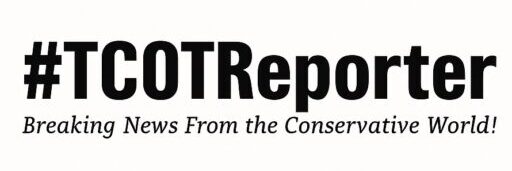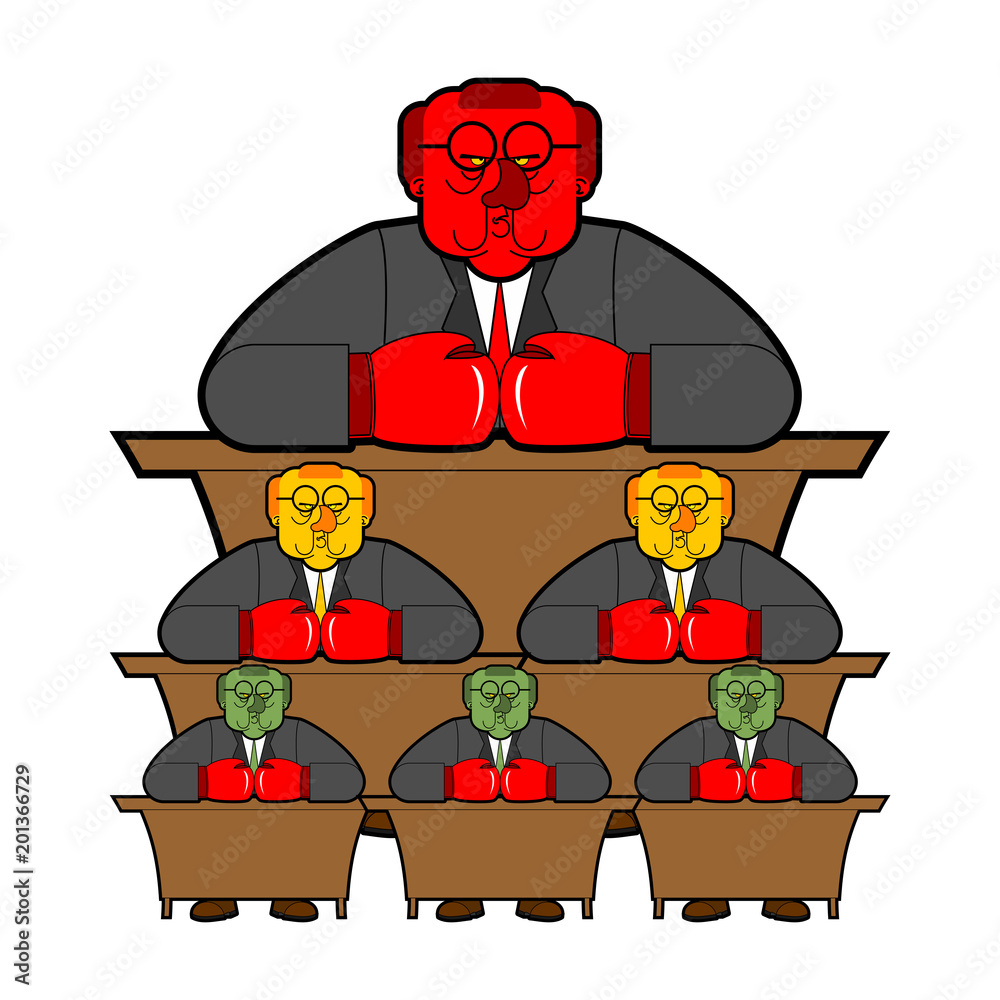Every four or eight years, America congratulates itself for pulling off another “peaceful transition of power.” The photos are flattering—moving trucks, waving staffers, the new family holding the same awkward Bible. But the country never really changes hands. Presidents come and go; the bureaucracy stays. The faces in the cabinet portraits rotate, but the same under-secretaries, deputy counsels, and “acting” somebodies remain at their desks, quietly reminding each new boss how things are “normally done.”
That’s not a conspiracy theory. It’s a design feature. The American system, built for continuity in crisis, long ago learned to outlast crisis itself. The result is what might be called the Permanent Government: a professional political organism that regards itself as the republic’s true immune system—immune, especially, from the voters.
The Illusion of Transition
When Donald Trump arrived in Washington in 2017, the press declared him an existential threat. Inside the agencies, civil servants didn’t wait to find out. They printed off hard drives, created encrypted group chats, and burrowed deeper into the machinery of state. Career staff “protecting democracy” quietly rebranded sabotage as stewardship. In the New York Times, anonymous officials boasted of “resisting” from within. CNN called it heroic.
But this ethos didn’t start with Trump. Every president from Nixon onward has collided with the permanent class and walked away humbled. What changed after 2016 is that the bureaucracy stopped pretending to be neutral. It declared moral independence. From that point forward, “accountability” would mean protecting the institutions from elected leadership rather than serving it.
The Origins of the Permanent Class
The Permanent Government began as a wartime invention. The National Security Act of 1947 birthed the CIA, NSC, and Department of Defense—bodies designed to ensure continuity of command if Washington were vaporized. By the 1970s, the same logic had spread everywhere. Continuity planning became the philosophy of governance: no matter who wins, the system survives.
Post-Watergate reforms hardened the idea that professional staff must restrain political power. Inspectors general multiplied; internal counsels gained veto authority; the language of “checks and balances” drifted from constitutional theory to office policy. Today, the civil service is a legal fortress. Its rules guarantee process, not performance—and certainly not accountability.
The genius of the structure is that it sells self-preservation as patriotism. To challenge it is to threaten stability itself.
Obama’s Optimization Phase
Barack Obama didn’t create this system, but he perfected it. His administration codified the view that government expertise was morally superior to electoral mandate. Entire agencies—from the CFPB to the EPA—were designed to be “independent,” meaning answerable to no one in particular. Inspectors general and embedded attorneys became political counterweights to their own bosses.
Even now, Obama’s re-emergence under the banner of “defending democracy” reads like an alumni reunion for the professional class he elevated. His speeches in 2025 hit the same notes as his staffing memos in 2009: the steady hand, the adult supervision, the need for “norms.” It’s not nostalgia; it’s quality control.
When Salon celebrated his latest tour as a “rallying cry for democratic resilience,” and Politico dutifully echoed the phrasing, they weren’t reporting—they were performing continuity of narrative. “Democracy,” in this vocabulary, no longer means self-government. It means management.
The Media as Administrative Partner
Modern journalism doesn’t watch the state; it audits it for compliance. Leaks from the intelligence community are treated as divine revelation. Federal prosecutors are media celebrities. Whistleblowers who sabotage a president’s agenda are canonized as resistance saints.
In this ecosystem, the bureaucracy’s self-interest is indistinguishable from moral virtue. When MSNBC scolds that restoring the president’s “power to fire” would “endanger democracy,” it’s not analysis—it’s a press release from the Permanent Government itself. The Fourth Estate became the Fifth Column long ago, and both share office space.
The Self-Preservation Instinct
Like any organism, the bureaucracy survives by invoking threats. The 20th century gave it the Cold War. The 21st gave it terrorism, pandemics, and populism. Each emergency justified another layer of permanence: new departments, new czars, new task forces that never disband. The phrase national security now covers everything from foreign wars to student loans.
This reflex isn’t malicious; it’s instinctive. The administrative state doesn’t conspire—it reproduces. Its personnel pipelines run through universities, NGOs, and consulting firms that share the same culture, the same jargon, the same résumé bullet points. To them, elections are not mandates but interruptions.
The Republic of Managers
What Americans call “the Deep State” is really the Deep Routine. It governs not through coups or conspiracies but through calendars, memos, and inertia. It never campaigns, never retires, and never forgets a slight. Obama’s latest rehabilitation tour is simply the Permanent Government speaking in its favorite voice: the calm, reasonable tone of someone reminding you that you’ll never be trusted with the keys again.
And so, we hold elections, we change the wallpaper, and we keep pretending that the new boss runs the building. The truth is simpler and darker: the United States is no longer ruled by parties or personalities but by a professional class whose first loyalty is to process itself. The republic didn’t fall; it got tenure.
Citations
- New York Times – “I Am Part of the Resistance Inside the Trump Administration” (September 5, 2018)
- CNN – “Federal employees vow to resist Trump from within” (January 31, 2017)
- National Security Act of 1947 – U.S. Statutes at Large 61 Stat. 495 (July 26, 1947)
- Salon – “Barack Obama tries to rally Americans to defend their democracy” (October 18, 2025)
- Politico – “Obama pushes ‘defend democracy’ message in state races and speeches” (October 20, 2025)
- MSNBC – “Restoring the President’s Power to Fire Would Endanger Democracy” (October 2025)
- City Journal – “The Shadow President” (August 17, 2017)


Pingback: The Technocratic Blueprint - #TCOT Reporter
Pingback: The Lawfare State - #TCOT Reporter
Pingback: Obstructed: The Resistance Presidency (2017–2020) - #TCOT Reporter
Pingback: Auto-Pilot: The Proxy Presidency (2021–2024) - #TCOT Reporter